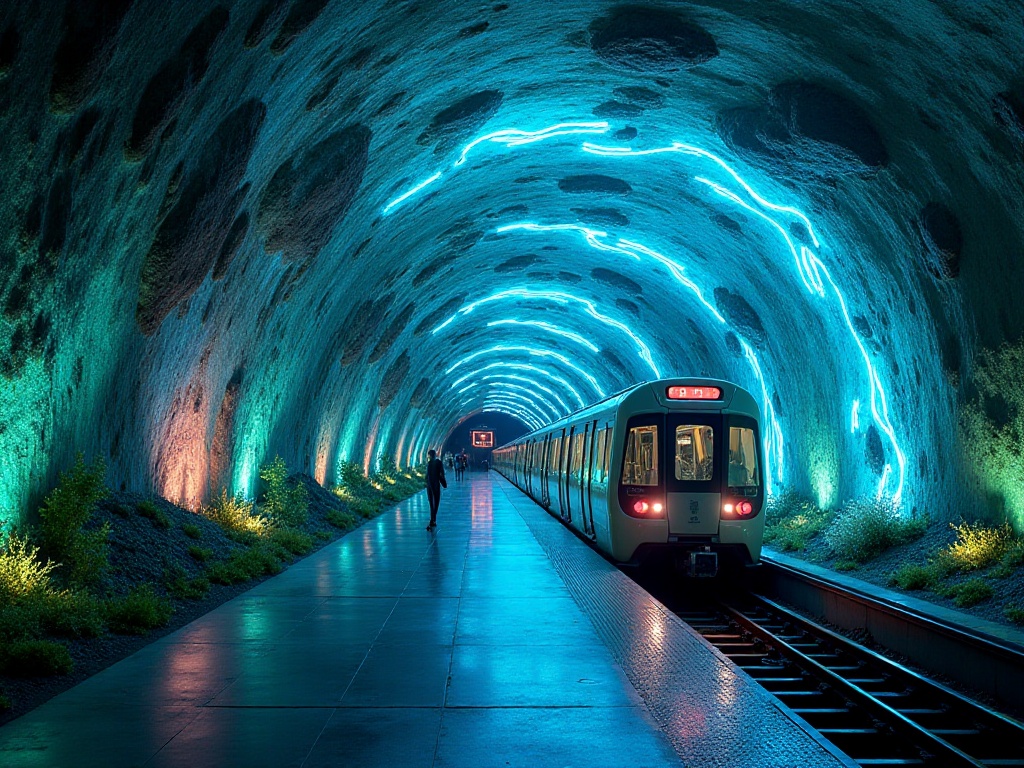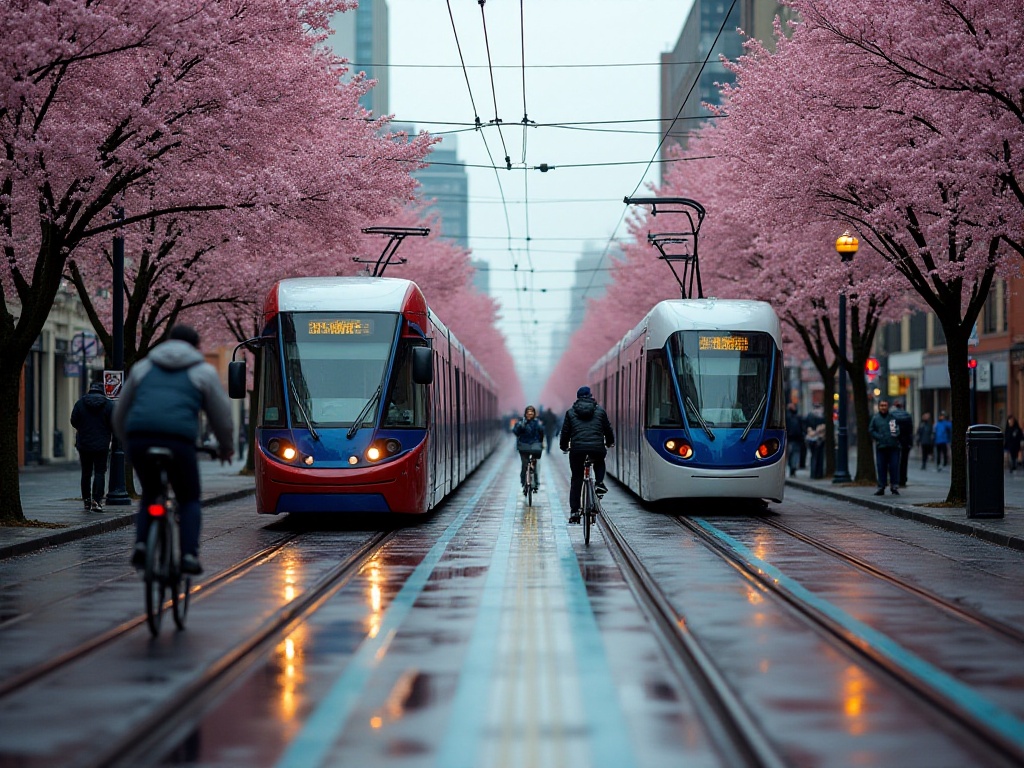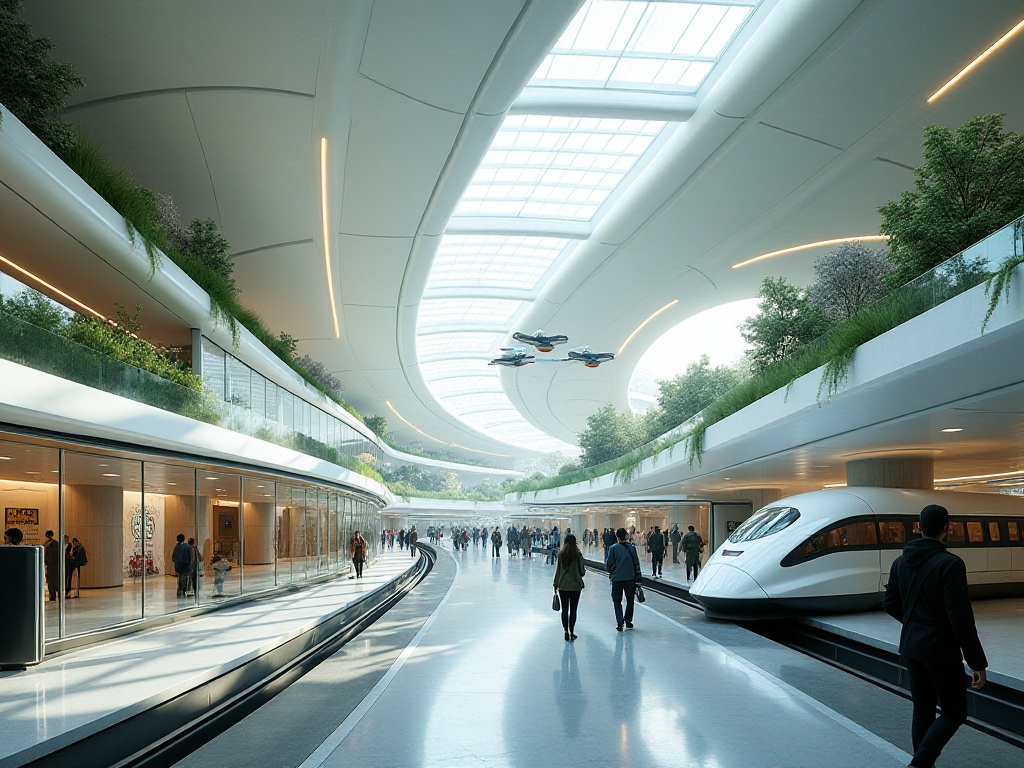As soon as I set foot on American soil, I was struck by the vast and complex public transportation system here. As a traveler from China, I found that the American public transportation system differs dramatically from that at home. This difference is reflected not only in the hardware facilities but also in the entire system's operational philosophy and service approach.
The moment I walked out of the terminal at the airport, I was greeted by well-organized traffic signs. From subway to bus, from taxi to shared bikes, each mode of transportation had clear guidance. What impressed me was that even first-time visitors to the United States could easily find various transportation options to the city center. The transportation information desks in the terminal were staffed with multilingual personnel who could not only patiently answer questions but also recommend the most suitable transportation methods based on travelers' specific needs.
America's ground transportation system can be described as a carefully designed complex. Taking New York as an example, the intricate subway network covers every corner of the city. The subway station design is both practical and user-friendly, with each platform equipped with detailed route maps and real-time arrival information displays. Interestingly, many subway stations have art installations and murals on their platforms, making the boring waiting time lively and interesting.
In New York, I often see all kinds of subway passengers. There are Wall Street executives in suits, art students with drawing boards, rushing office workers, and leisurely retired seniors. The subway seems like a miniature society, reflecting the city's diversity and inclusiveness.
The bus system is equally impressive. Each bus is equipped with a bike rack to facilitate cyclists using public transportation. The interior space is spacious, with dedicated areas for wheelchairs and stroller parking. Drivers are professionally trained not only in driving skills but also in effective communication with passengers.
San Francisco's transit experience left a deep impression on me. Although this coastal city has complex terrain, its bus route design is very clever. Once when I wanted to go to the Golden Gate Bridge, I easily found the route through the transit app. Along the way, I noticed that buses automatically adjust their speed on slopes to ensure passenger comfort. Especially those iconic cable cars are not just important transportation tools but also symbols of urban culture.
In Boston, I experienced the famous Green Line light rail. This line runs through the city's main districts, cleverly connecting university campuses, shopping areas, and residential areas. The historical buildings and modern skyscrapers passing by the window showcase the city's unique cultural charm. The light rail runs at a moderate speed, giving passengers plenty of time to enjoy the scenery along the way.
Chicago's elevated rail system also left a deep impression on me. Known as the "L," the elevated railway spirals above the city, not only providing convenient transportation service but also becoming part of the urban landscape. Sitting on the elevated train, you can take in the city's skyline through the window. Especially at dusk, the skyscrapers in the setting sun are particularly spectacular.

In American coastal cities, water transportation often brings a different experience. New York's ferry system is a typical example. Every morning, thousands of commuters take the Staten Island Ferry to and from Manhattan. This 25-minute journey is not only free but also offers magnificent views of the Statue of Liberty and the Manhattan skyline.
Water taxis add flexibility to urban transportation. During congested peak hours, they become an excellent choice for avoiding ground traffic. One sunny afternoon, I took a water taxi from Brooklyn to Manhattan, admiring the majestic Brooklyn Bridge and the prosperity along both sides of the East River.
Seattle's water transportation is equally impressive. The ferry route from downtown to Bainbridge Island is not only an important transportation link but also an excellent platform for enjoying the beauty of Puget Sound. On clear days, Mount Rainier is visible in the distance, adding a touch of poetry to an ordinary ferry journey.
Boston's water transportation also has its unique characteristics. The ferries on the Charles River not only connect different areas of the city but also provide tourists with a unique sightseeing perspective. Especially during Boston's famous Independence Day fireworks show, water transportation becomes the best choice for watching the fireworks.
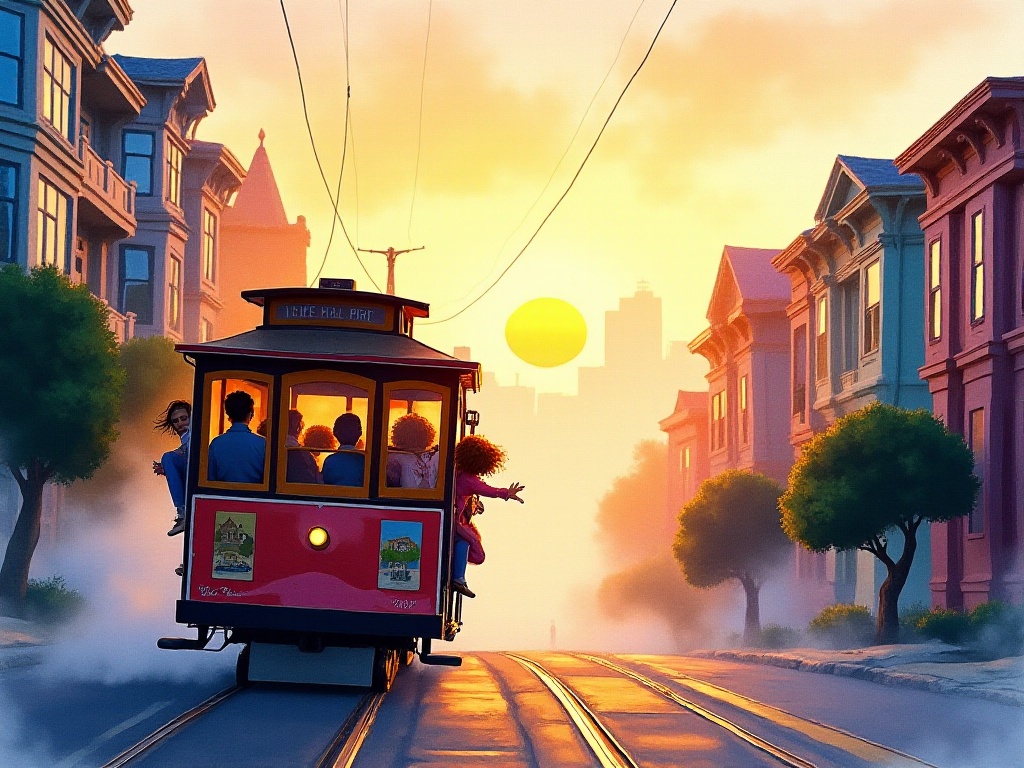
In the information age, America's public transportation system fully utilizes the power of technology. Almost every major city has its own transit app, which not only provides real-time schedule information but also offers intelligent route planning based on actual road conditions.
Taking San Francisco's Muni Mobile as an example, this app not only displays real-time vehicle locations but also predicts arrival times. More thoughtfully, it also alerts users about nearby road construction or temporary route changes. Through big data analysis, the app can even predict the congestion level of certain routes during specific time periods, helping passengers plan their trips reasonably.
Chicago's Ventra APP integrates information from buses, subways, and commuter rails. Users can not only look up routes but also purchase tickets directly through the app. The system automatically calculates the most economical fare plan based on passenger usage frequency, saving both money and effort.
New York's MTA APP provides more personalized services. Users can set up frequent routes, and the system will actively push relevant service information. If a line experiences delays or temporary adjustments, the APP will immediately send notifications and recommend alternative routes.
Besides mobile applications, America's transportation information channels are diverse. Electronic displays in stations update train arrival information and service status in real-time. Information desks at major stations are staffed with professional personnel who can assist passengers in multiple languages. Some large stations also have self-service information terminals where passengers can look up routes and print maps.
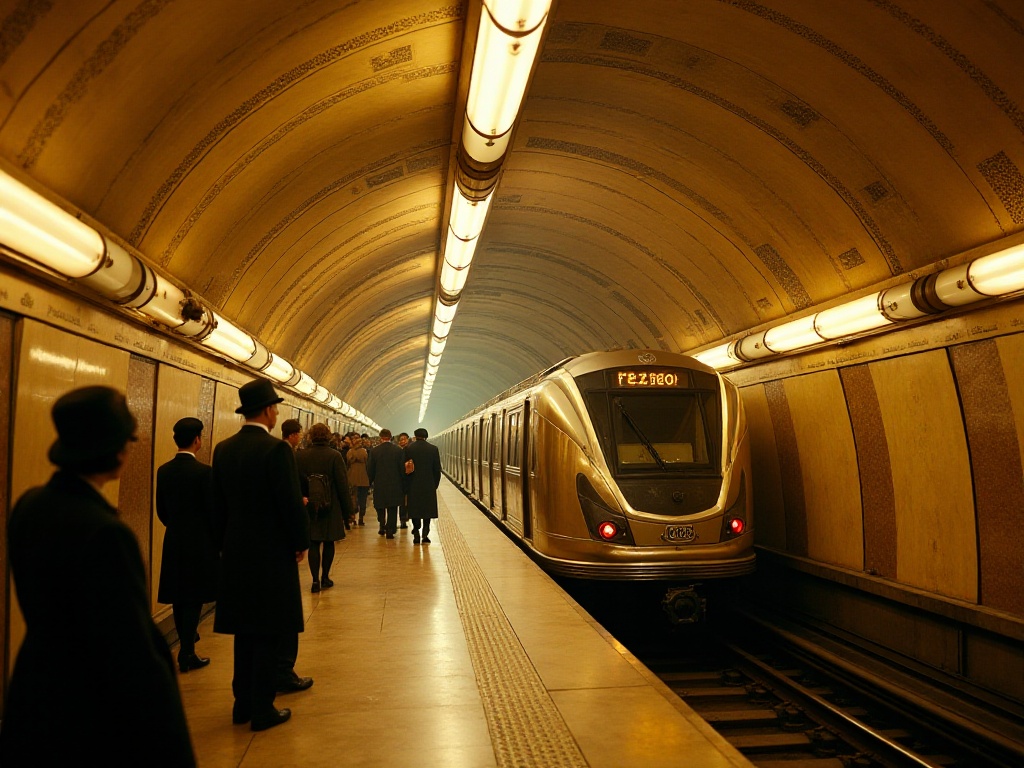
America's public transportation system excels in regional integration. The seamless connection between various transportation systems makes cross-city and interstate travel effortless.
Taking the East Coast as an example, the Amtrak rail network connects major cities like Boston, New York, Philadelphia, and Washington DC. Trains not only provide comfortable seating but also offer free Wi-Fi and charging outlets. Business class passengers can even enjoy dining car service while admiring the scenery along the way.
In California, there are abundant transportation choices from the San Francisco Bay Area to Los Angeles. Besides Amtrak railways, there are comfortable Greyhound long-distance buses. These long-distance buses are equipped with air conditioning, Wi-Fi, and lounges, making long journeys less tiring. Particularly worth mentioning is the YARTS bus service, which specifically connects major cities with Yosemite National Park, providing convenient transportation options for tourists.
Regional integration is reflected not only in long-distance transportation but also in the good connection between different transportation systems within the same metropolitan area. Taking the San Francisco Bay Area as an example, BART (Bay Area Rapid Transit), Caltrain (commuter rail), and various cities' bus systems have established transfer mechanisms. Passengers can use the same transit card to transfer between different systems, truly realizing a "one-card-fits-all" system.
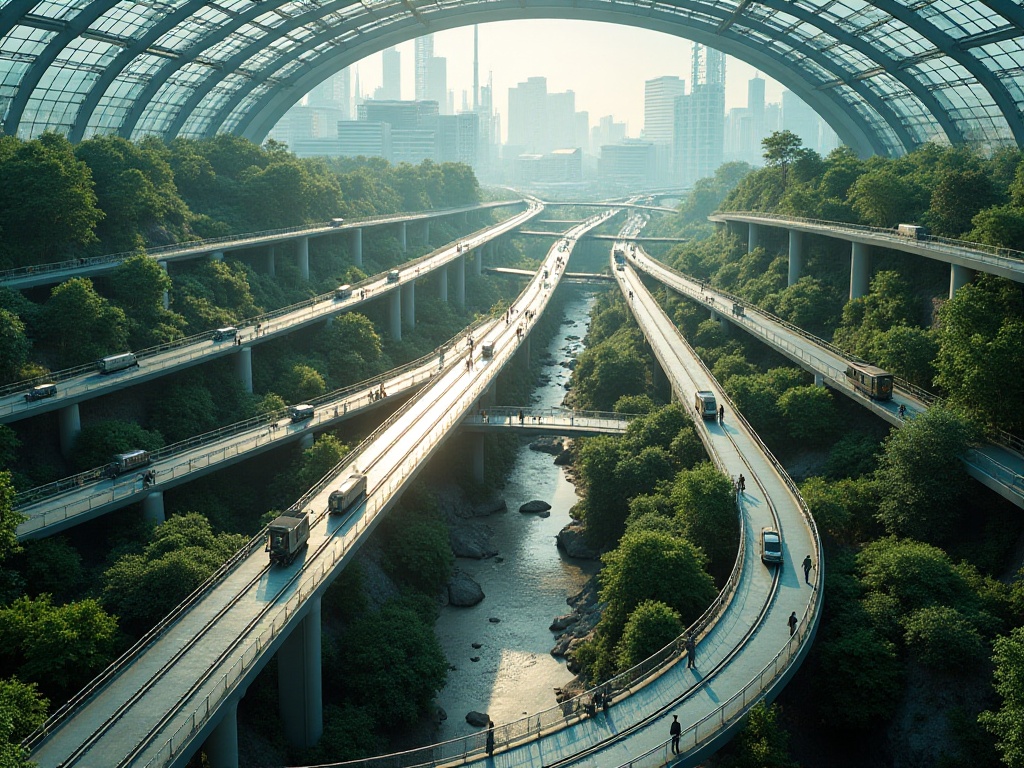
The humanized service of America's public transportation system demonstrates care for passengers everywhere. For passengers with mobility difficulties, almost all buses and subway stations are equipped with accessibility facilities. Elevators and ramps in stations ensure wheelchair users can move smoothly.
Particularly touching are the customized services for special groups. Many cities provide Paratransit services, offering door-to-door transportation for elderly and disabled persons. These services not only achieve accessibility in hardware facilities, but service personnel are also specially trained to provide thoughtful assistance to special groups.
In New York, I saw station staff actively helping mothers with strollers up and down stairs. In Boston, bus drivers patiently wait for elderly passengers to be seated before starting the vehicle. These small details reflect the humanitarian care of the public transportation system.
Additionally, America's public transportation system pays special attention to night services. To ensure passenger safety, many cities provide dedicated night bus services during late hours. Stations and carriages are equipped with monitoring devices and emergency help buttons, providing an extra measure of security for night travelers.
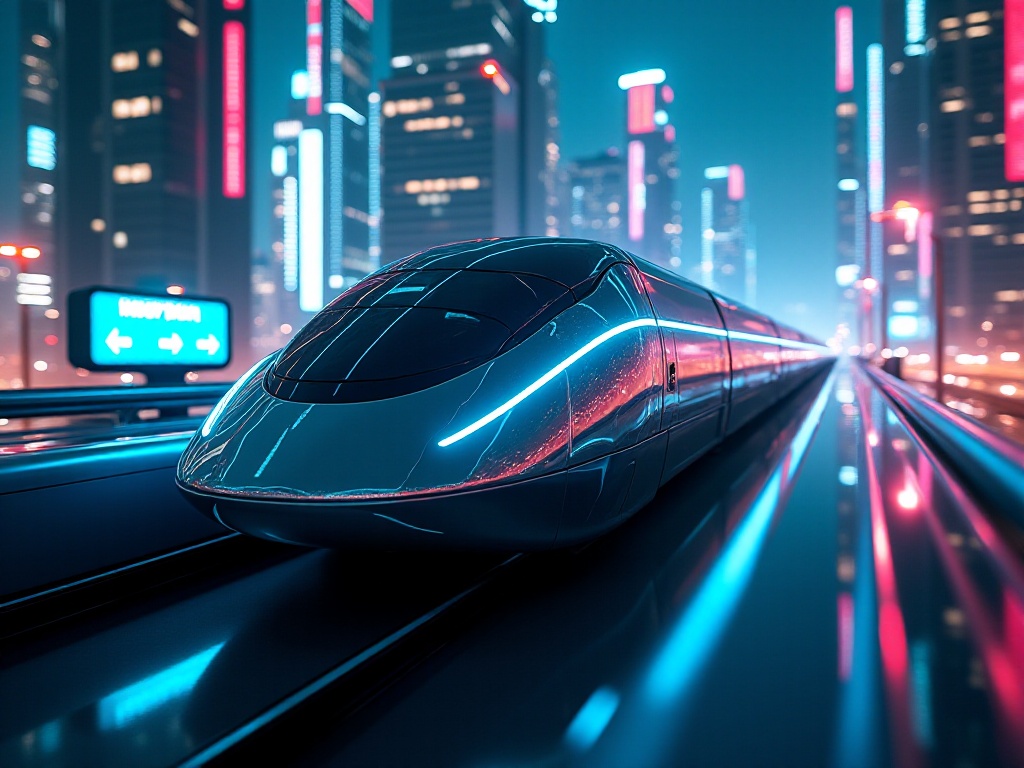
Through in-depth experience with America's public transportation system, I gained a deeper understanding of modern urban transportation. An excellent public transportation system requires not only perfect hardware facilities but also a people-oriented service philosophy. It is not only the traffic artery of the city but also an important measure of urban civilization.
In terms of hardware facilities, America's public transportation system emphasizes practicality and sustainability. From the popularization of accessibility facilities to the use of environmentally friendly vehicles, it demonstrates social responsibility. In terms of software services, high informatization and good humanized service truly achieve user-centered needs.
These experiences have important reference significance for the development of public transportation in China. Although China is already leading the world in areas like high-speed rail, there is still room for improvement in some detailed services. For example, further strengthening the construction of accessibility facilities, improving service personnel's professional quality, and perfecting information service systems.
At the same time, we must see that different countries have different national conditions, and transportation development models will also differ. The key is to find a development path suitable for one's own national conditions while learning from others' experiences. Only in this way can we build a modern public transportation system that truly meets people's needs.
I believe that with the advancement of technology and the updating of concepts, future public transportation systems will become more intelligent, environmentally friendly, and humanized. And this progress will ultimately benefit every city resident.
What aspects do you think China's public transportation system can improve? Welcome to share your thoughts and experiences.
 Previous
Previous

